Great Lakes are in the midst of a ‘sewage crisis,’ according to new report
3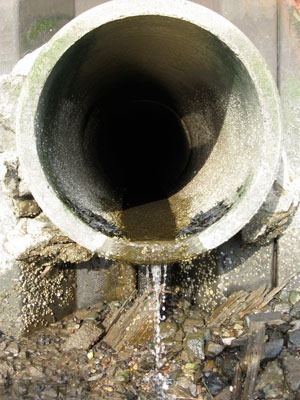 Environmental, business, and civic leaders urged Congress on Monday to solve what they’ve termed the “sewage crisis” in the Great Lakes.
Environmental, business, and civic leaders urged Congress on Monday to solve what they’ve termed the “sewage crisis” in the Great Lakes.
From January 2009 through January 2010, five U.S. cities — Detroit, Cleveland, Buffalo, Milwaukee and Gary, Ind. — discharged a cumulative 41 billion gallons of untreated sewage and storm water into the Great Lakes from combined sewer systems, according to a new report from Healing Our Waters-Great Lakes Coalition.
The report, titled Turning the Tide: Investing in Wastewater Infrastructure to Create Jobs and Solve the Sewage Crisis in the Great Lakes, is based on analysis of government data and examines how these five cities are handling the sewage problem.
41 billion gallons, the coalition says, is equal to how much water flows over Niagara Falls during a 15-hour period.
Combined sewer overflows, or CSOs, are primarily the result of antiquated or inadequate combined sewer systems. Almost 200 U.S. Great Lakes communities have outdated sewer systems that send untreated waste into waterways when they are overloaded, the report says.
Combined sewer systems collect not only stormwater runoff, but raw sewage and industrial wastewater as well. They normally carry their contents into a water treatment plant. During a sewer overflow, however, the filthy brew is released directly into nearby surface waters.
After major storm events, communities are often warned not to swim at local beaches, as the danger of bacteria, such as E. coli, and other health threats are exacerbated by the sewage. Moreover, it jeopardizes drinking water safety and harms wildlife, according to the coalition.
“People don’t realize that without good sewage treatment, millions of pathogenic viruses, bacteria and parasites are being discharged to our waters,” said Joan Rose, Ph.D., Homer Nowlin Chair in Water Research, Michigan State University. “These microbes can cause short-term and longer-term illnesses and are easily transmitted to and readily survive in recreational waters, drinking water sources as well as ground water.”
Along with farm runoff, the sewage problem is also considered one of the major causes of the toxic blue-green algae problem in western Lake Erie, where a record bloom next month is anticipated.
A combination of this raw waste and warmer Great Lakes water temperatures creates a productive breeding ground for harmful bacteria, such as E. coli. The increase in temperature is also expected to contribute to more frequent and intense storms in the region.
“In my own mind, it seems there is empirical evidence that the realities are climate change is upon us now,” David Ullrich, a former administrator of the Environmental Protection Agency, told the Toledo Blade. “Our cities are moving forward as rapidly as they can. Our biggest problem is cash flow.”
Communities in the Great Lakes basin face a $23.3 billion bill to fix their CSO problems, according to the study. The report proposes a solution that involves separating miles of combined sewer pipes, as well as installing natural stormwater solutions, such as green roofs, rain gardens, and pervious pavement.
What do you think are the most important solutions for stormwater runoff and combined sewer overflows? Share your thoughts in the comments below.
New Report: Solving Region’s Sewage Crisis Will Create Jobs, Restore Great Lakes [Healing Our Waters-Great Lakes Coalition] ‘Sewage crisis’ overtakes the lakes [The Buffalo News] Great Lakes Coalition seeks more U.S. aid to stem sewage [The Toledo Blade] Turning the Tide: Investing in Wastewater Infrastructure to Create Jobs and Solve the Sewage Crisis in the Great Lakes (PDF) [Healing Our Waters-Great Lakes Coalition]
Image Credit: http://www.flickr.com/photos/48722974@N07/ / CC BY 2.0




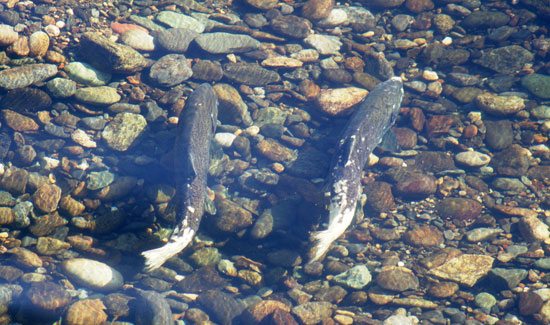
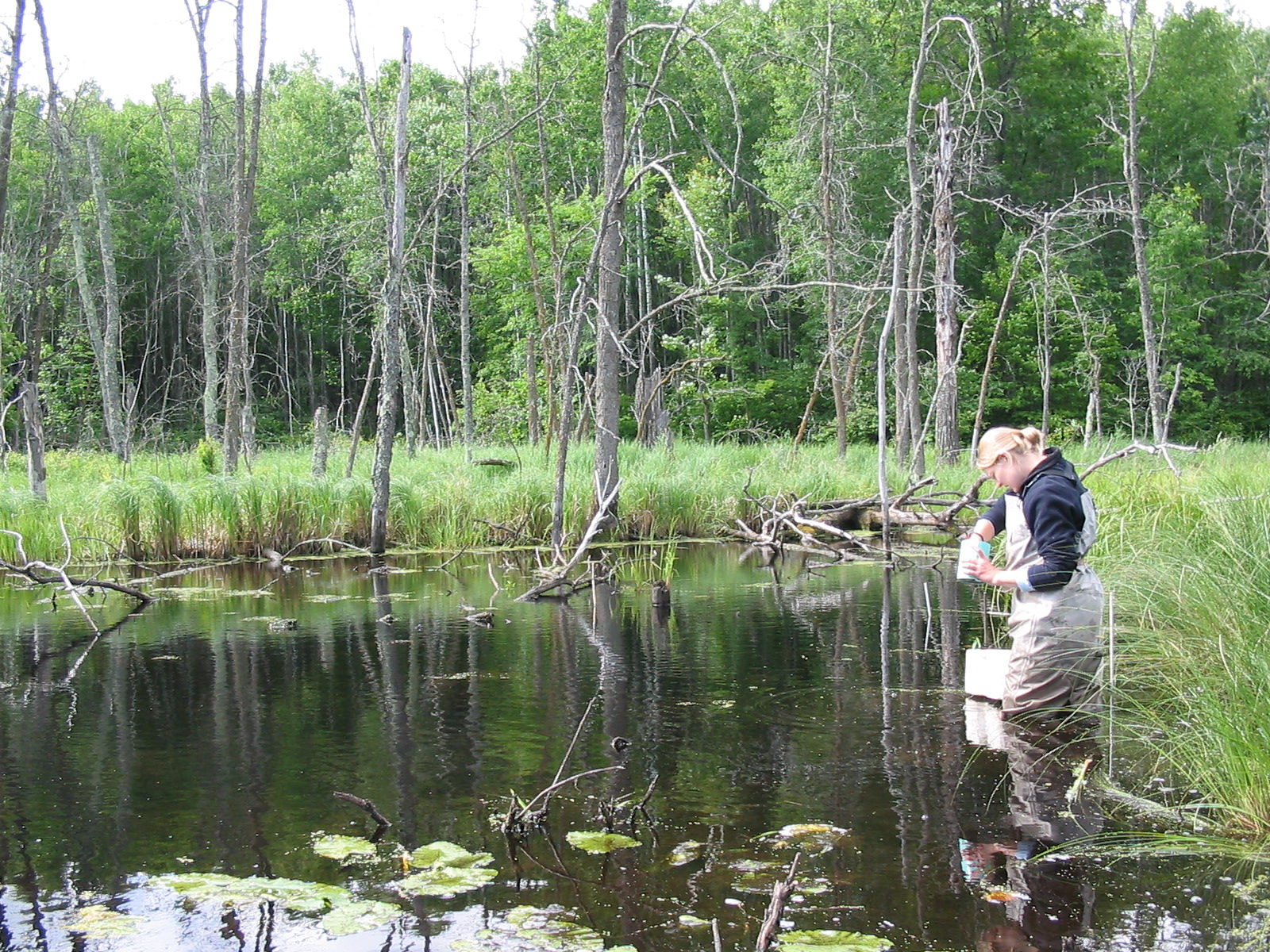
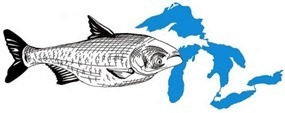
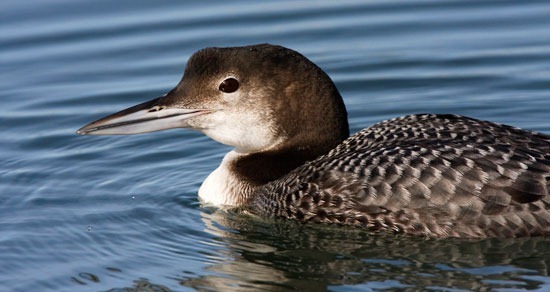






[…] heavy rain is also contributing to what’s been termed a “sewage crisis” in the Great Lakes. As rainfall intensifies, there are more combined sewer overflows, or CSOs, that dump raw sewage […]
[…] of raw sewage that overflowed into natural surface waters increased significantly. In fact, a recent study shows that from January 2009 through January 2010, five U.S. cities — Detroit, Cleveland, […]
Let the Army Corp of Engineers work on fixing this problem. Use the resources to fund the projects by bringing home our troops in Afganistan. Use the troops to do the work here. Cut some aid from unappreciative foreign countries to cover some of these expenses. Our clean water is more important to US citizens than building up other countries.